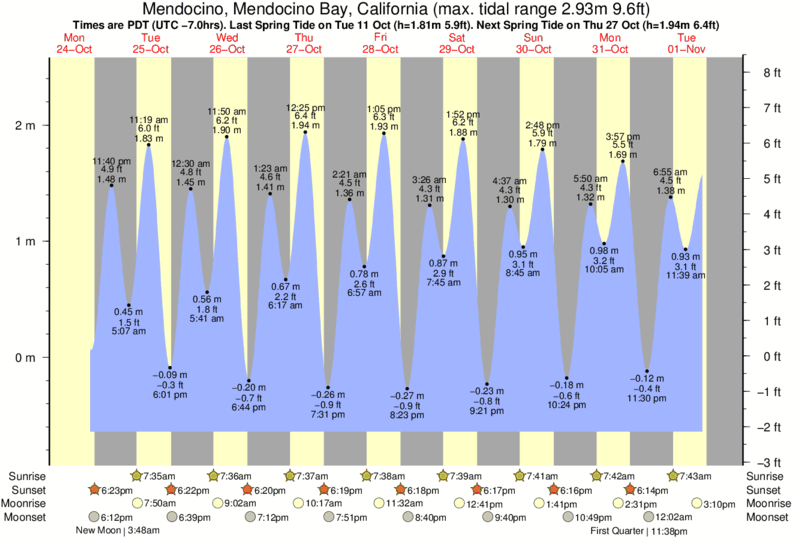

The more that is known about how tides work and how they shape our coastlines, scientists say, the better prepared we will be for future changes in the oceans. The rise in sea levels will affect tides and their impacts, not just on marine ecosystems but on coastal areas that are home to millions of people and animals. They can include a diverse population of tiny plants and animals that may serve as food for larger species. These small pools of water are often left behind among the rocks at low tide. Sand crabs not only burrow to survive, they actually follow the tides to maintain just the right depth in the wet sand.Īlong many shorelines, tides form tide pools. On sandy beaches, survival means being able to swim in shallow water or burrow under the sand as the waves arrive and depart overhead. They must also be able to withstand crashing waves.įor example, plants and animals that can anchor themselves to the rocks along a shoreline can survive the lashing from waves and the less violent movement of the changing tides. Because the area is alternately covered and uncovered by the ocean throughout the day, plants and animals must be able to survive both underwater and out in the air and sunlight. Tides affect marine ecosystems by influencing the kinds of plants and animals that thrive in what is known as the intertidal zone-the area between high and low tide. A coastline’s physical features, such as a wide sandy beach or a rocky cove, along with the depth of the water just offshore, affect the height of the tides. Most shorelines experience two high and two low tides within a twenty-four-hour period, though some areas have just one of each. Tides move around the Earth as bulges in the ocean. The gravitational attraction of the Sun also plays a small role in the formation of tides. Elsewhere on the Earth, the ocean recedes, producing low tides. The rotational force causes water to pile up as the water tries to resist that force, so high tides form on this side, too. On the side facing away from the Moon, the rotational force of the Earth is stronger than the Moon’s gravitational pull. The side of the Earth closest to the Moon experiences the Moon’s pull the strongest, and this causes the seas to rise, creating high tides. The moon’s gravitational pull on the Earth and the Earth’s rotational force are the two main factors that cause high and low tides. It often accompanies a new moon and when the moon is closest to the Earth. A high tide that is significantly higher than normal is called a king tide. Tide tables show high and low tides, indicating the time and height of these water level for a particular coastal area. Some freshwater rivers and lakes can have tides, too. Low tide is when it recedes to its furthest extent. High tide is when water advances to its furthest extent onto the shoreline. The alternating advance and retreat of seawater along a coastline is called a tide.


 0 kommentar(er)
0 kommentar(er)
